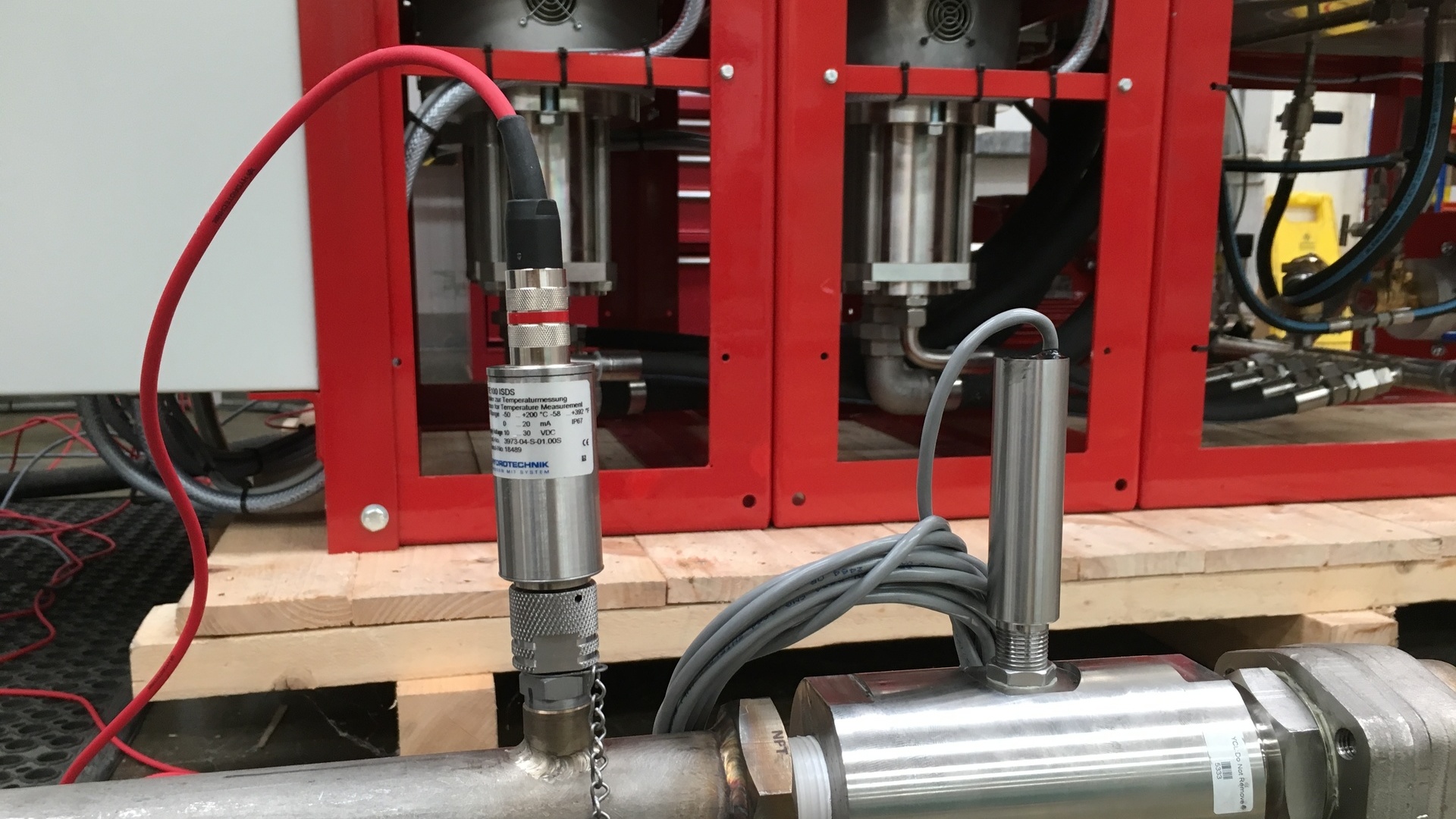Water Mist Technology
Fire suppression systems all rely on an understanding of the principles of the Fire Triangle, which is a simple model for understanding the necessary ingredients for most fires. The triangle illustrates the three elements a fire needs to sustain and grow: heat, fuel, and oxygen. A fire naturally occurs when the elements are present and combined in the right mixture. A fire can be extinguished by removing any one of the elements in the fire triangle.
In many industrial applications, it is not simple to remove the fuel as this may be in the form of stored materials or installed infrastructure. Without sufficient heat, a fire cannot begin, sustain, or grow. Heat can be removed by the application of a substance that reduces the amount of heat available to the fire reaction.
Finely atomised water mist particles instantaneously convert from water to steam on contact with the fire, thus providing a cooling effect and reducing the heat content in the fire.
Without sufficient oxygen, a fire cannot begin, and it cannot continue. With decreased oxygen concentration, the combustion process slows. Water mist systems operating create a shield around the fire, preventing fresh oxygen from reaching the seat of the fire.

Because of the high velocity discharge and pressure, oxygen is further driven away from the fire, depriving the fire of the oxygen required to sustain.

Water Mist Systems
Water mist systems serve two purposes: they both cool the fire environment and starve it of oxygen. By delivering the water as finely atomised mist, the surface area of the water molecules available for reaction with fire is effectively increased, which in turn has a superior suppression effect to traditional sprinkler systems.
Water Mist Advantages
Water Mist systems offer further advantages when compared to other fire suppression systems.





